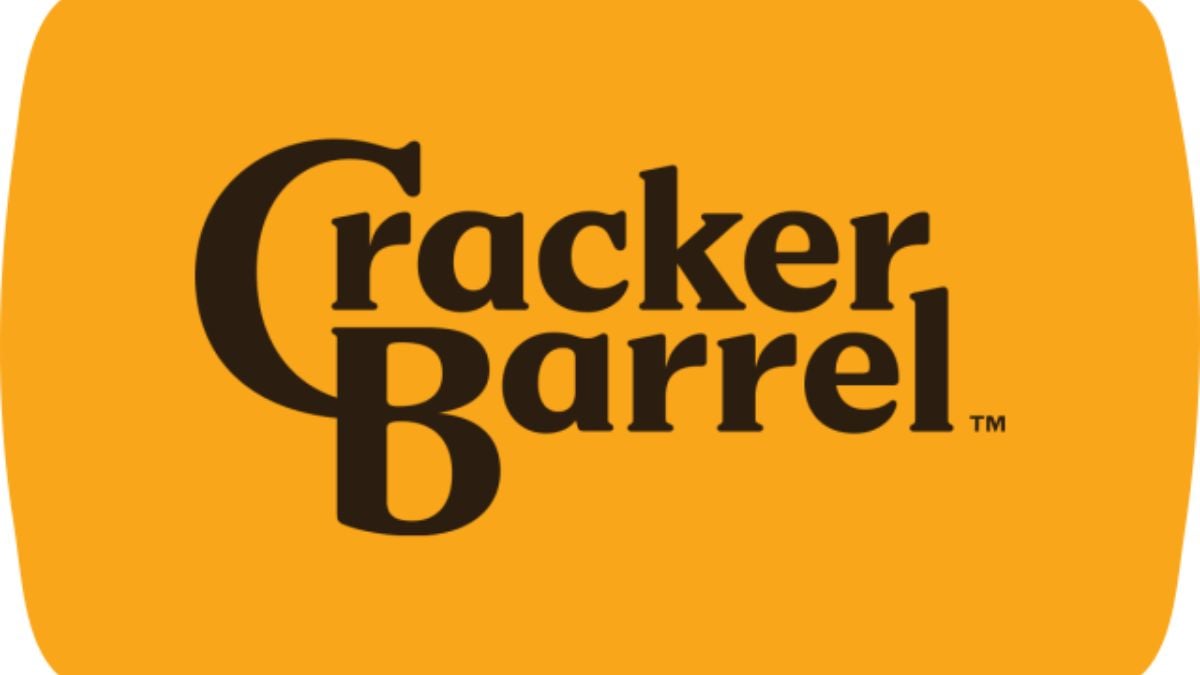
For decades, Cracker Barrel meant comfort—fluffy biscuits, rocking chairs, and food that felt like home. But when the chain tried to modernize, loyal fans didn’t just grumble—they revolted. A new logo, sleek remodels, and food shortcuts clashed with the brand’s country identity. Traffic plunged, online backlash exploded, and leadership scrambled to undo the damage. Here’s how a beloved restaurant became a case study in what happens when comfort-food traditions are tampered with.
Logo Backlash Sparks Fury
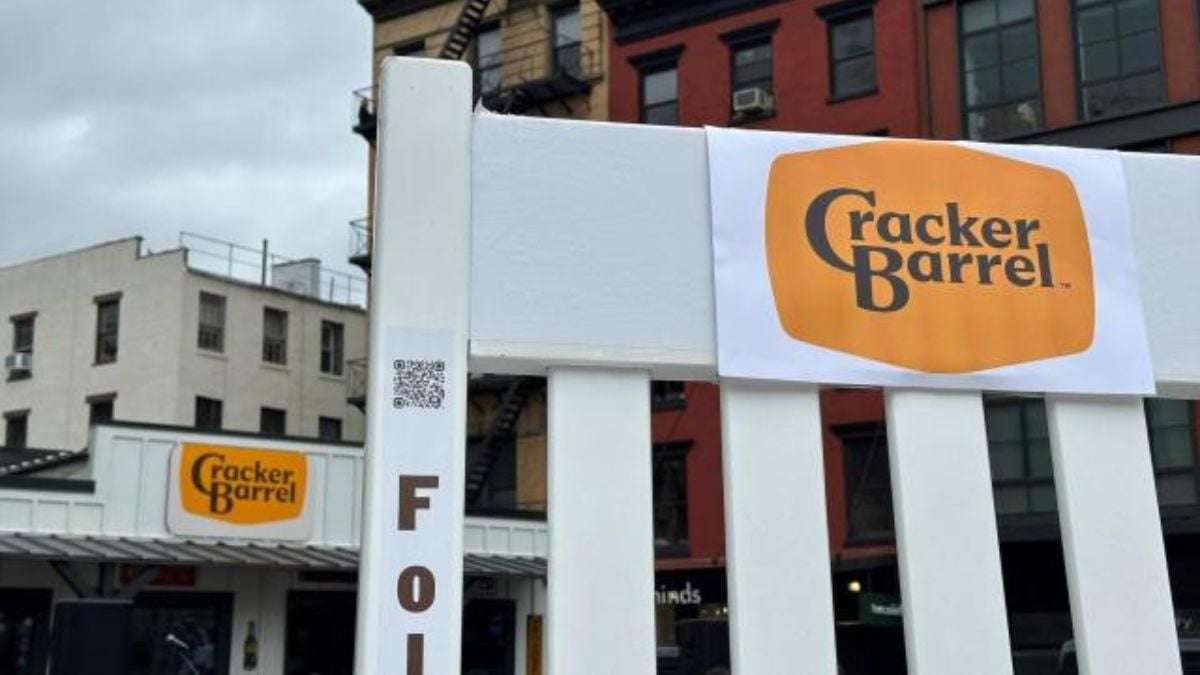
The August 2025 logo change seemed harmless on paper—a clean, modern refresh. But longtime fans saw it as erasing the chain’s identity. Store traffic dropped 8% almost immediately, and the backlash spread like wildfire. Even national headlines and political commentary piled on. Within days, Cracker Barrel backpedaled, restoring the classic Old Timer logo to calm the storm.
Comfort Food Is Sacred
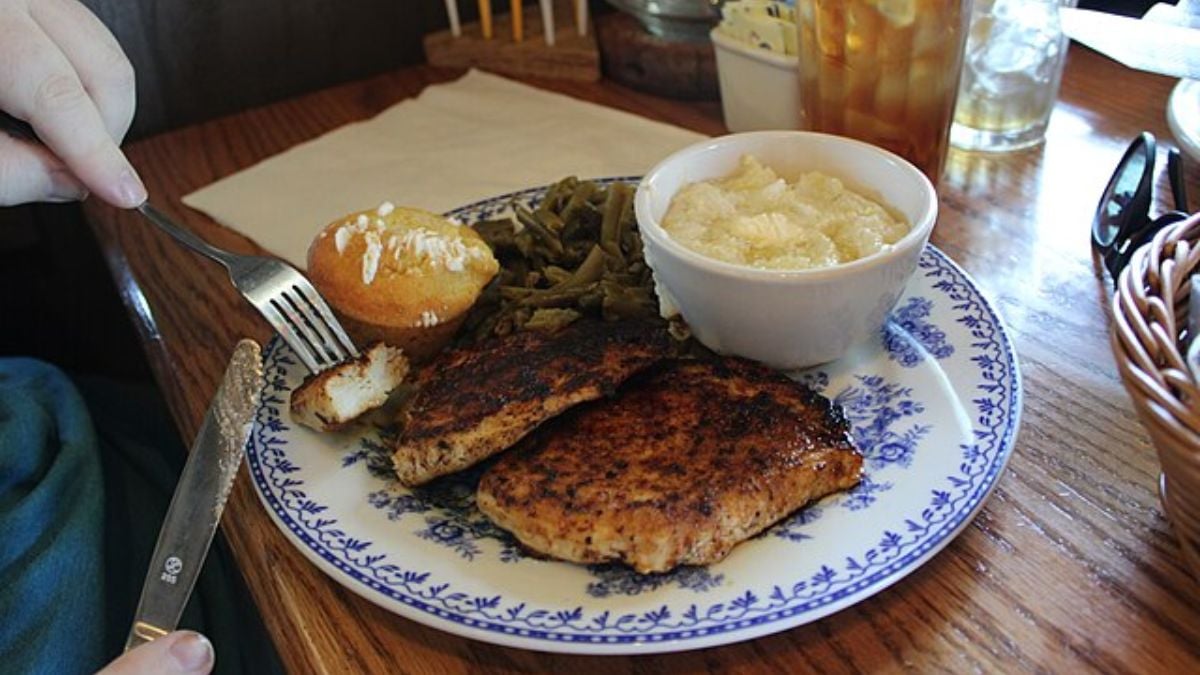
People don’t go to Cracker Barrel for trends; they go for tradition. Comfort food taps into memory, nostalgia, and a sense of belonging. Changing those flavors or aesthetics feels like rewriting someone’s childhood. Once customers sense that shift, emotions run hotter than in most restaurant categories. With comfort food, “different” often feels like “wrong.”
Remodels That Missed the Mark
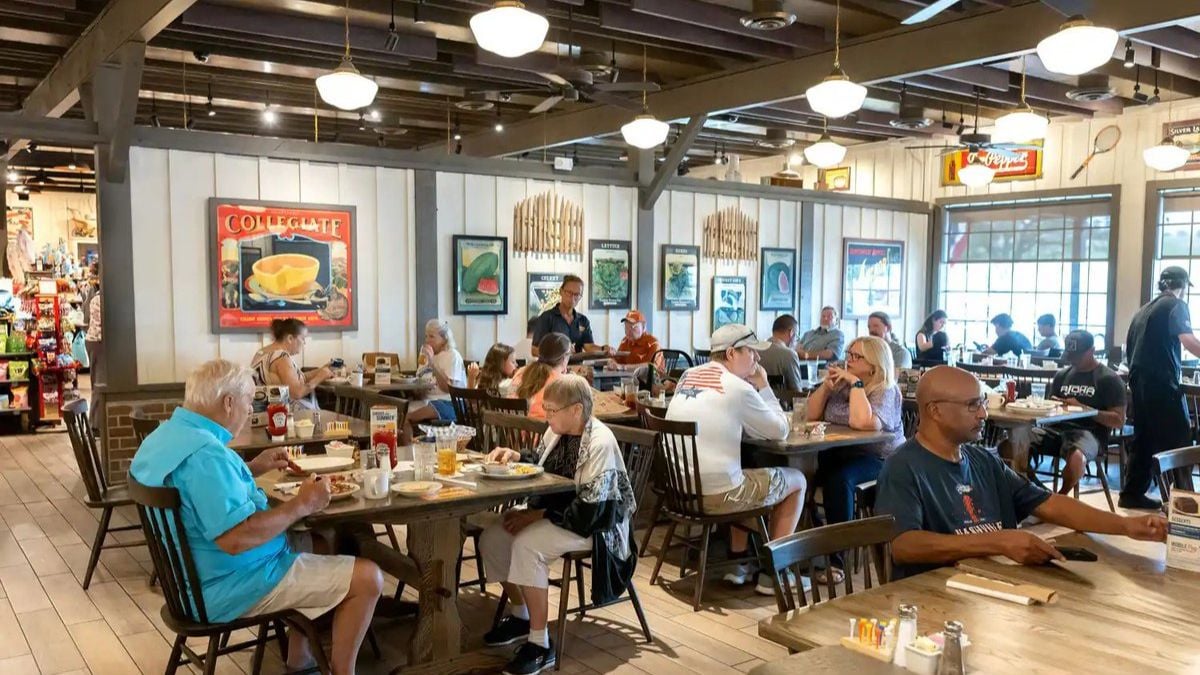
Modern décor was tested in four restaurants, but guests hated it. The sleek look clashed with the brand’s cozy country-store vibe. Customers called it sterile, corporate, and “not Cracker Barrel.” Management quickly hit pause, reverting those locations back to the woodsy, Americana interiors diners expected. The experiment proved that for this brand, rustic charm isn’t optional—it’s the whole identity.
Biscuits That Betrayed Tradition
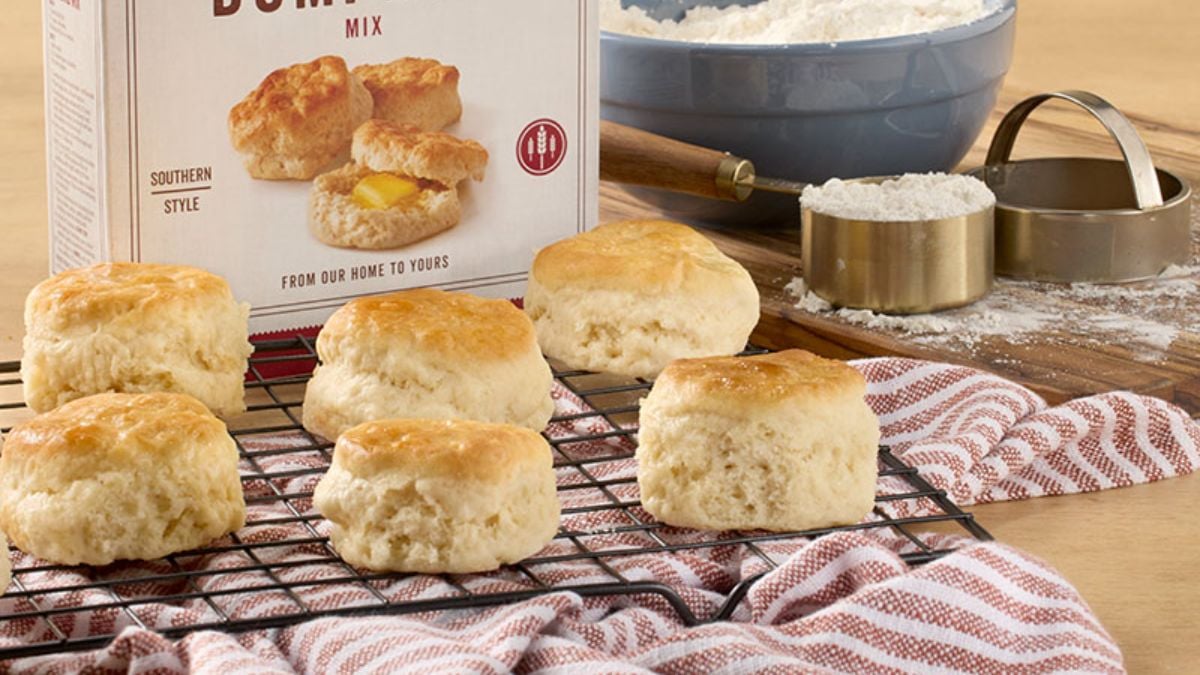
Fans had always bragged about Cracker Barrel’s biscuits—fresh, fluffy, and hand-rolled. But complaints of rubbery, reheated versions began stacking up. Management admitted shortcuts were hurting quality and vowed to return to baking them by hand. To loyal customers, this wasn’t just bread—it was a symbol of whether the brand still cared. A bad biscuit meant a broken promise.
Meatloaf and Sides Under Scrutiny
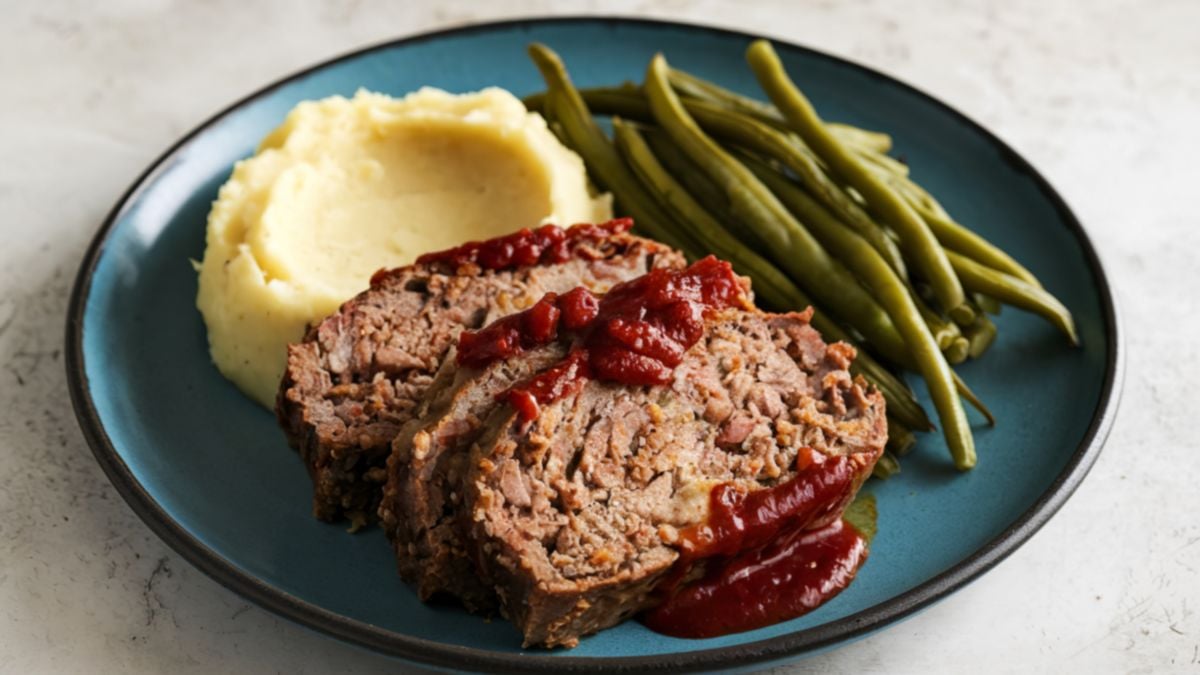
Cracker Barrel’s meatloaf and country sides weren’t spared either. Reports of dry meatloaf and bland green beans left customers unimpressed. Diners accused the chain of relying on microwaves and pre-cooked items instead of scratch cooking. When the staples slip, trust in the whole menu collapses. Suddenly, “comfort” food felt manufactured.
Fans Revolt With Their Feet

The numbers told the story. Traffic declined by 7–8% after the brand changes, and Q1 forecasts projected even worse results. For restaurants, traffic is lifeblood. The message from customers was unmistakable: if Cracker Barrel won’t protect its traditions, diners will spend their money elsewhere. Loyalty isn’t unconditional—it’s earned bite by bite.
Nostalgia Is the Real Currency
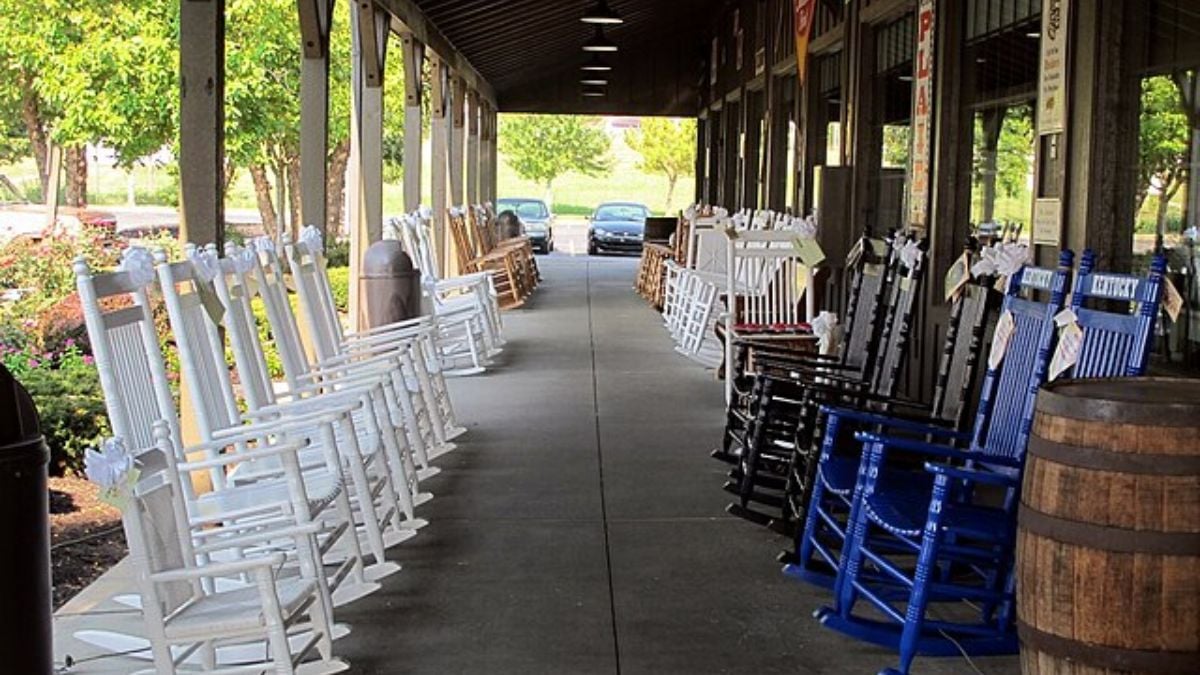
Cracker Barrel’s true product isn’t just biscuits or rocking chairs—it’s nostalgia. Guests crave the illusion of stepping into simpler times. Once that illusion cracks, no marketing campaign can fix it. By tampering with the look, feel, and taste of its traditions, Cracker Barrel devalued the very thing customers were paying for.
Emotional Loyalty Runs Deep
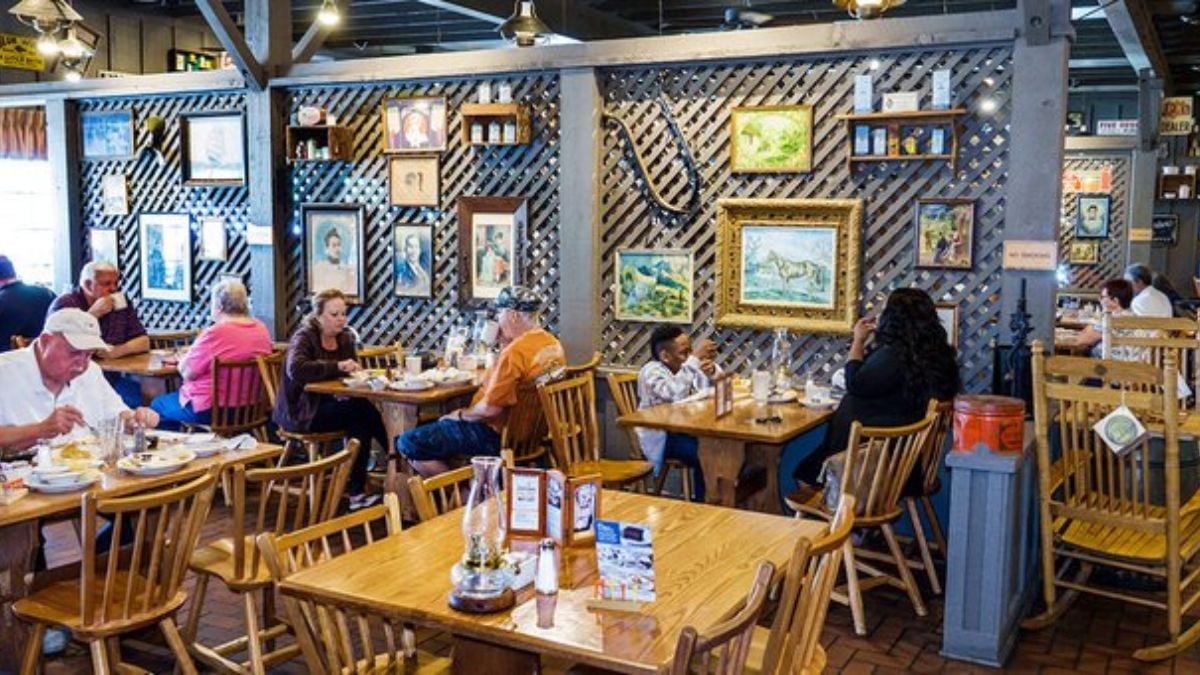
Unlike fast-food chains, Cracker Barrel cultivates emotional loyalty. People celebrate family milestones, road trips, and holidays there. When food quality slips or logos change, fans feel personally slighted. This isn’t just a bad meal—it’s a betrayal of trust. That’s why the backlash was so intense, so fast, and so hard to stop.
The Social Media Megaphone

Ten years ago, complaints stayed at the table. Today, one bad biscuit goes viral on TikTok. Photos of bland sides and screenshots of the logo spread instantly. The revolt was fueled by thousands of customers amplifying one another’s frustrations. For Cracker Barrel, it meant a local mistake quickly became a national scandal.
Small Changes, Big Consequences
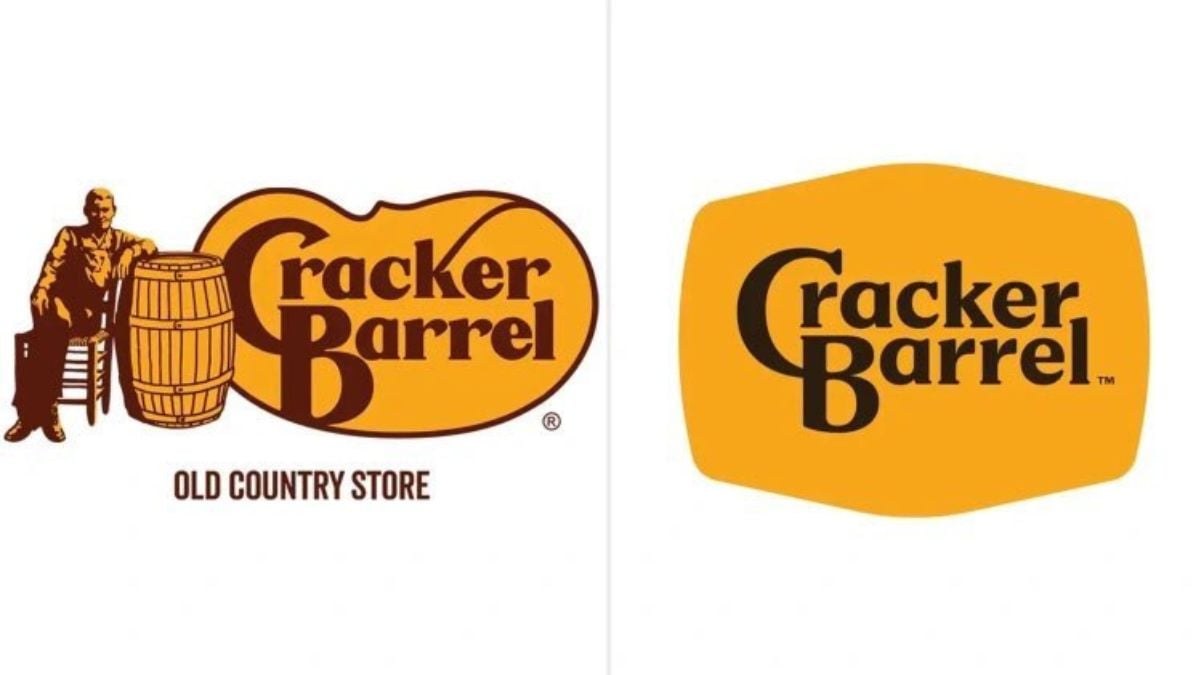
To outsiders, a logo tweak or a shortcut in biscuit prep may seem minor. But in the comfort-food category, small changes hit like earthquakes. Every detail—from the décor to the bread basket—reinforces the brand promise. Break one piece, and the whole experience feels off. That’s why the revolt snowballed faster than executives expected.
Trust Is Harder to Rebuild Than to Keep

Cracker Barrel is now pledging fresh biscuits, old-school logos, and traditional interiors. But winning back disillusioned fans will take time. Once customers believe a brand has lost its way, rebuilding loyalty is an uphill battle. For a chain built on trust and tradition, repairing that bond may be its biggest challenge yet.
Comparisons Chains Should Heed

Cracker Barrel isn’t the first to stumble. IHOP’s “IHOb” burger stunt confused fans, and Tropicana’s packaging redesign tanked sales. These examples prove a bigger truth: brands underestimate the emotional stakes customers attach to familiarity. Comfort, once disrupted, rarely comes back easily. Other chains should consider this a flashing red warning light.
The Lesson Every Chain Must Learn
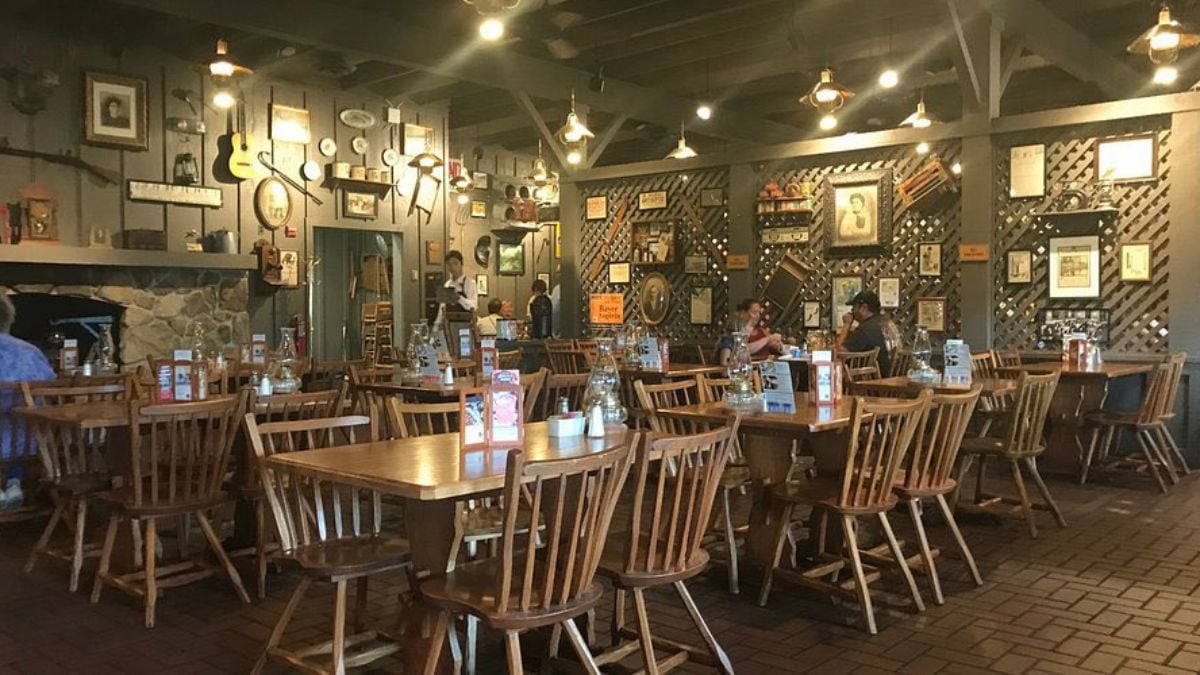
The revolt at Cracker Barrel is a lesson in the psychology of dining. Comfort-food customers don’t just want dinner; they want reassurance, identity, and memory on a plate. Changing that recipe can feel like taking something personal away. Every chain that thinks about rebranding should study Cracker Barrel’s revolt closely—it’s proof that tradition can’t be rebranded.
Would You Forgive Cracker Barrel?
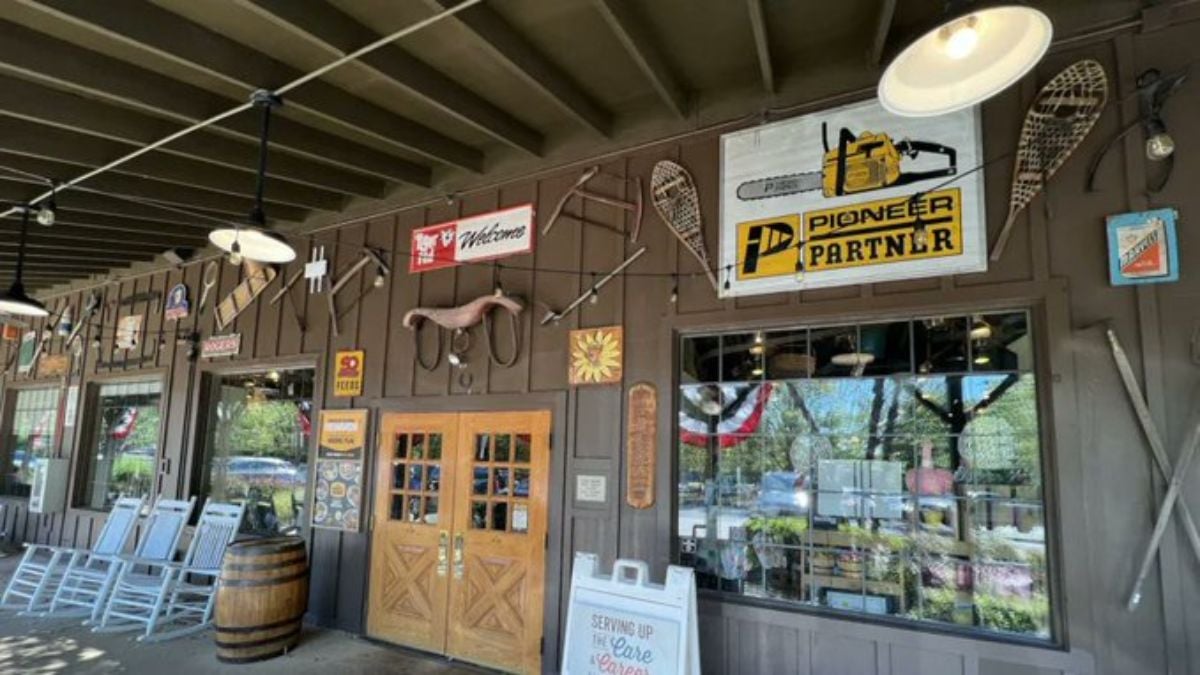
Cracker Barrel has scrambled to undo its mistakes, but the scars remain. Fans revolted not just because of food or décor—but because the brand tampered with their sense of tradition. Now the question is whether enough nostalgia remains to bring people back. Have you walked away from Cracker Barrel—or another favorite—after a change you couldn’t accept? Share your story in the comments.

